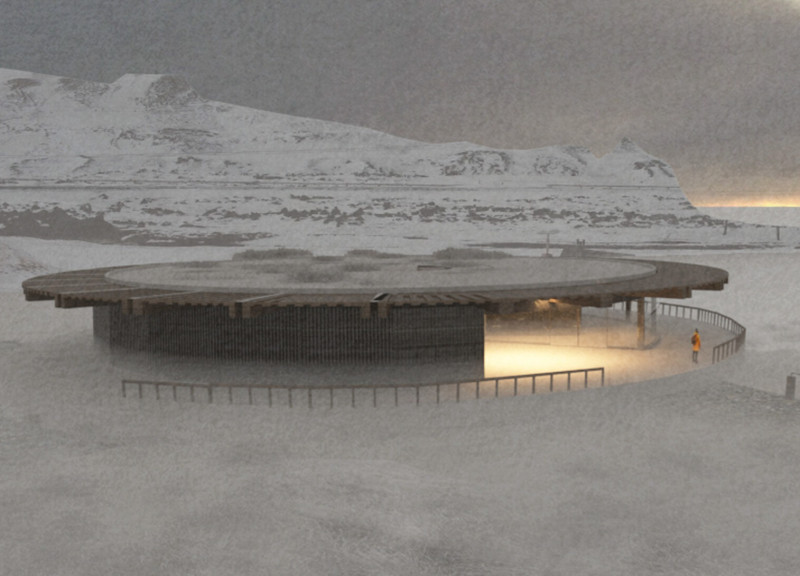5 key facts about this project
The architecture embodies a multi-functional space that serves various purposes. It caters to both individual and collective needs, offering areas for relaxation, work, and social interaction. Central to the project’s design are open-concept spaces that foster collaboration and connectivity among users. The arrangement of public and private areas is intentional, striking a balance between communal engagement and personal retreat, catering to the diverse requirements of its occupants.
Unique design approaches are evident throughout the project, notably in the integration of nature and built form. The design emphasizes a seamless transition between indoor and outdoor environments, employing large windows and open terraces that invite natural light and views of the landscape. These features not only enhance the visual appeal of the architecture but also create a more pleasant and healthier atmosphere for the inhabitants. Furthermore, the project employs sustainable materials, prioritizing local resources that minimize environmental impact while also reflecting regional characteristics.
The architectural design incorporates a mix of materials that contribute to its identity and functionality. Concrete is utilized for structural elements, offering strength and stability, while wood is featured prominently in certain areas to introduce warmth and tactile qualities. Glass is strategically placed to enhance transparency and connection to the outside world, allowing for interaction with the environment. Steel is employed in various frameworks, providing modernity to the overall structure, and brick is often used for facades, nodding to local building traditions. The careful selection of these materials plays a pivotal role in the overall coherence of the design, allowing it to resonate with the contextual setting.
Another notable aspect of the project is its commitment to sustainability. The architectural design integrates energy-efficient technologies, such as solar panels and rainwater harvesting systems, which demonstrate a proactive approach to reducing its ecological footprint. Natural ventilation strategies are implemented to create comfortable indoor conditions while minimizing reliance on mechanical systems. Such an approach not only enhances the building's performance but also encourages occupants to connect with their environment.
The project also addresses social dimensions through its design elements. It features communal spaces, such as parks and gathering areas, that encourage community interactions. These spaces are designed to host events, promote leisure activities, and foster a sense of belonging among users. The architecture acts as a catalyst for social engagement, contributing to a vibrant community life.
As one explores the project further, the architectural plans, sections, and various design elements come to life, providing insights into the principles that guide this thoughtful design. The architectural ideas are rooted in a deep understanding of its environment and community, resulting in a project that is both functional and reflective of the region's character. Readers are encouraged to delve deeper into the architectural presentation to fully appreciate the nuances and details of this engaging project.


























